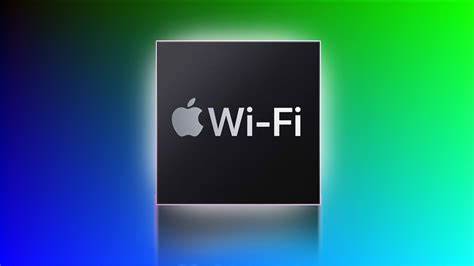Apple announced on Friday its plan to develop in-house Bluetooth and Wi-Fi chips, marking a significant step toward technology self-reliance.
This initiative, known internally as Proxima, aims to replace components currently supplied by Broadcom, reducing Apple’s dependence on third-party suppliers.
The move aligns with Apple’s broader strategy of integrating its hardware for better performance and energy efficiency.
Read also: Apple’s iOS 18.2 gets a ChatGPT upgrade
The Vision behind Proxima
The Proxima chip has been under development for several years and is expected to launch in 2025. It will first appear in devices like the iPhone 17, Apple TV, and HomePod mini, with plans to expand to iPads and Macs later.
Apple aims to create a seamless wireless experience across its devices, enhance battery life, and enable thinner designs.
As Mark Gurman from Bloomberg News noted, “Apple wants to develop an end-to-end wireless approach tightly integrated with its other components.”
This shift is separate from Apple’s anticipated transition to its cellular modem chips, but both technologies are expected to work together. By designing its chips, Apple aims to improve product performance and support advanced features such as artificial intelligence.
Read also: Microsoft expands Phone Link: iPhone-to-PC file sharing
A new era for Apple
Founded by Steve Jobs, Steve Wozniak, and Ronald Wayne in 1976, Apple has consistently pushed the boundaries of technology. The decision to create its Bluetooth and Wi-Fi chips reflects a long-standing commitment to innovation and quality. By controlling more of its hardware production, Apple seeks to enhance user experience and streamline its supply chain.
This strategic move comes as Apple remains one of Broadcom’s largest customers, accounting for around 20% of its revenue.
With Proxima, Apple aims to reduce this reliance while fostering a more integrated ecosystem of devices. As technology evolves rapidly, this initiative positions Apple at the forefront of innovation in wireless communications.
















